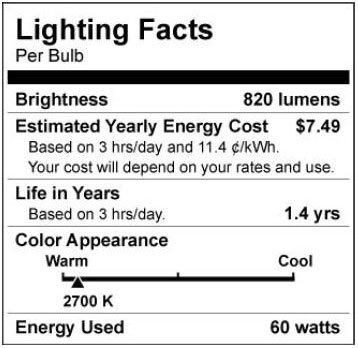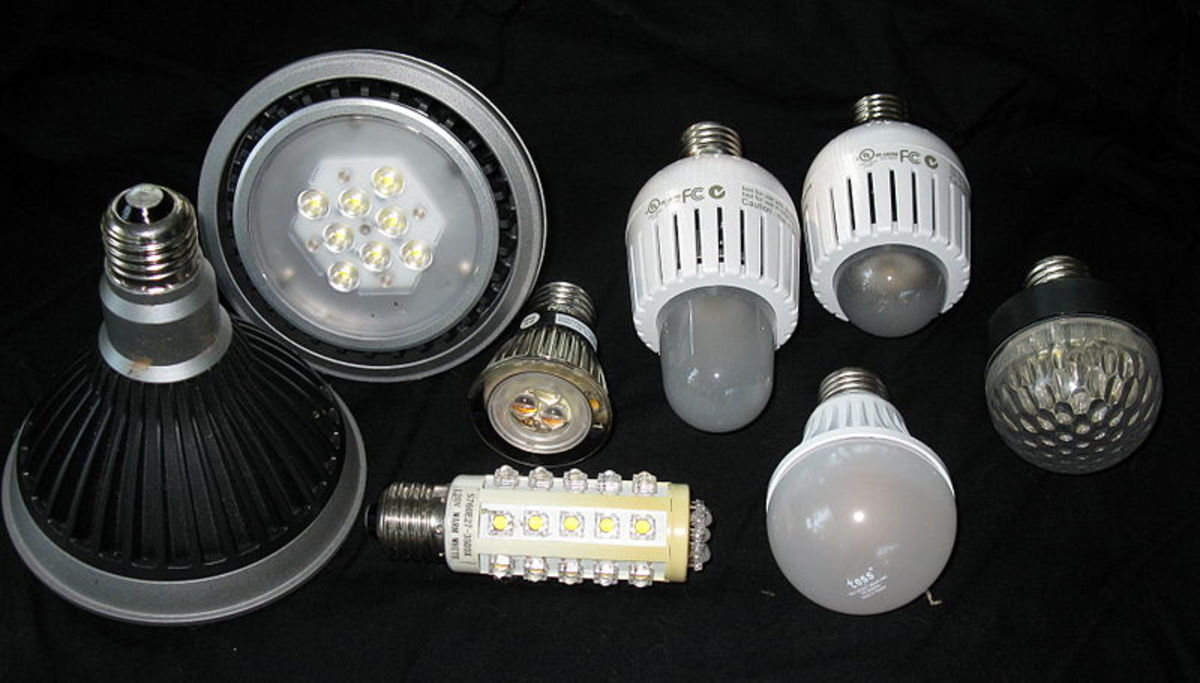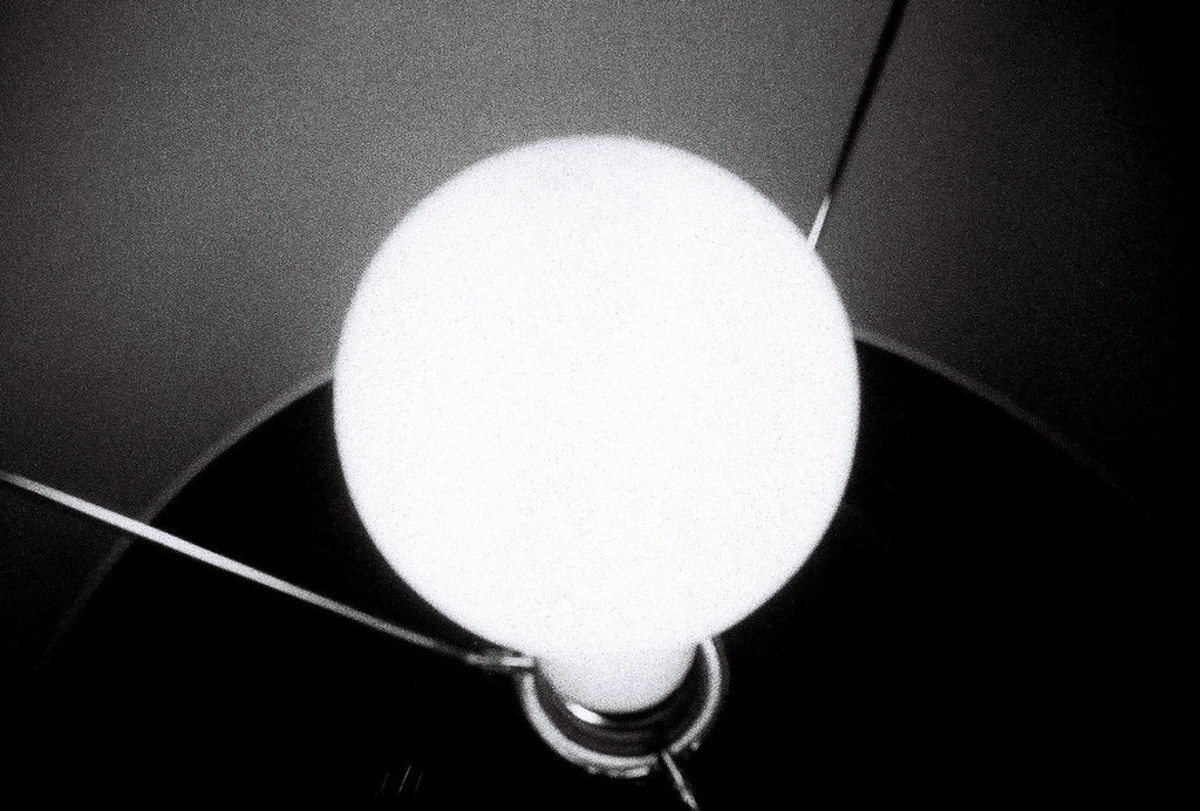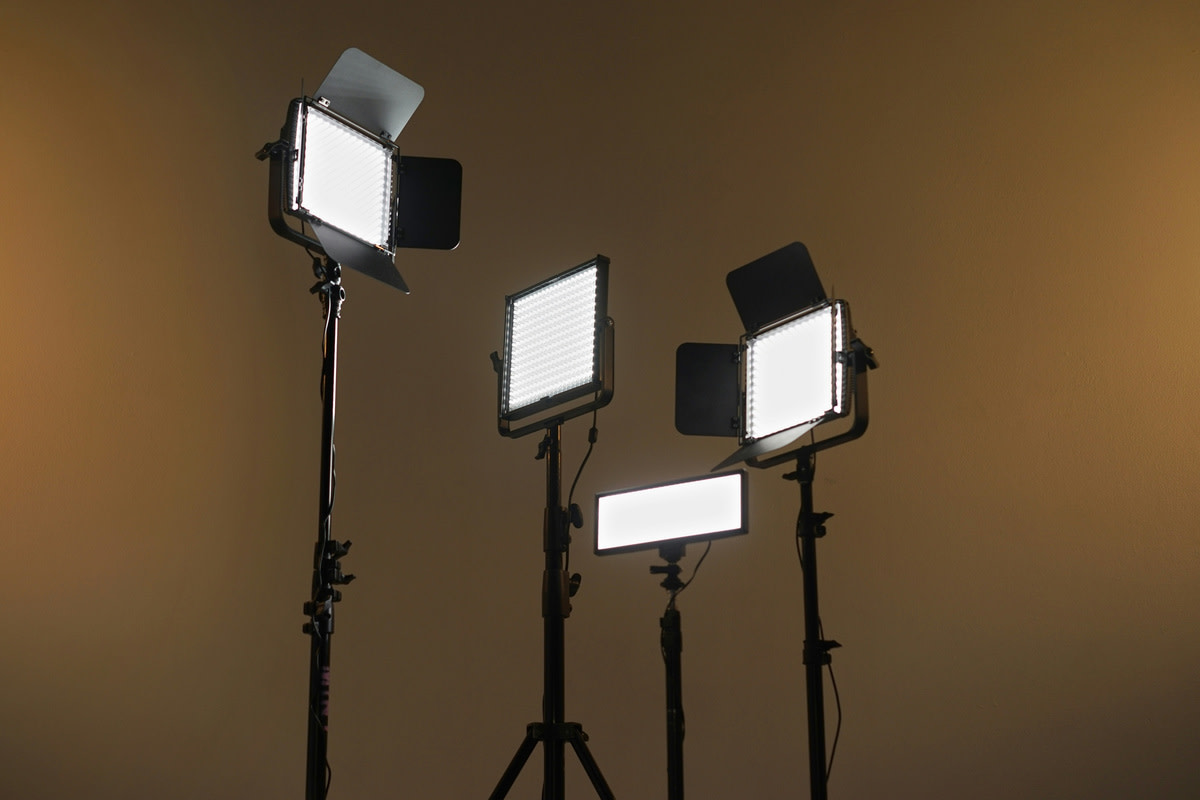5-Part Guide to Understanding the New Labels on Light Bulbs

When you go to buy light bulbs in the near future you will see that they have a whole lot information on their labels. That’s because light bulbs are going to be labeled with a fact sheet similar to the nutrition labels that we’ve gotten accustomed to seeing on our food. And just like with those nutrition labels, the information on the light bulb labels may confuse you a bit at first but will eventually come to make it a lot easier to buy the right types of bulbs for your home.
The new light bulb labels have five basic pieces of information on them. If you break down your understanding of each of those five parts then it will be very simple to learn how to choose the right bulbs using the information on those labels. The five pieces of information on the labels are:
1. Brightness of the Light Bulb as Measured in Lumens. When you look at light bulb labels in the stores today, you typically look at the “watts” to choose the right light bulb. As you know, a higher wattage level means that you have brighter bulbs. However, there are different types of light bulbs (such as compact fluorescent light bulbs and LED light bulbs) which may have the same wattage but a different level of brightness because they are different types of bulbs. A much more accurate way to determine the brightness of a light bulb is to measure it in lumens. The new light bulb labels are going to have that information for you so that you can compare different types of light bulbs and still easily be able to tell which ones are brighter.
2. Estimated cost per year to use the light bulb. The new labels on light bulbs offer you a chance to get an idea of the approximate cost of using this particular light bulb in your home for one year. Of course, the actual cost is going to depend on a light of things. The price of electricity in your area will be one major factor. The frequency with which you use the light is another factor. However, this information can provide you with a basic guess about the annual cost of using the bulb. More importantly, it provides you with information that allows you to compare one bulb to another to see which one will have the lowest cost to you annually.
3. Light bulb life expectancy estimate. It can be really helpful for you to know approximately how long a light bulb is supposed to last. Again, this is going to vary depending on how often you use it, etc. But the estimate is a great guide to guessing whether you’ll be needing to change the light in a few months or should be able to ignore it for several years without problems. This is a really self-explanatory part of the new light bulb labels but definitely also a really important one.
4. The type of light that the light bulb emits on a spectrum from cool to warm. Every new light bulb label will have an easy-to-read visual graph showing the type of light that the bulb is supposed to emit. Some light bulbs emit a “cool” or bluish light whereas other light bulbs emit a “warm” or yellow light. As you start to get used to noticing this, you’ll find that you like one end of the spectrum better than the other for different areas of the home. You can then glance at this part of the new light bulb labels to make sure that you’re buying the right type of bulb.
5. Warning about mercury. There are some types of light bulbs that contain the toxic chemical mercury. And there are some types of light bulbs that do not. You need to dispose of mercury-rich light bulbs in a different way than regular light bulbs. If you never remember which ones have mercury then this can get annoying. The new labels let you know really clearly if mercury is contained in the bulb, making it easy to shop for bulbs that don’t have mercury and are therefore easier to dispose of when you aren’t using them anymore.









